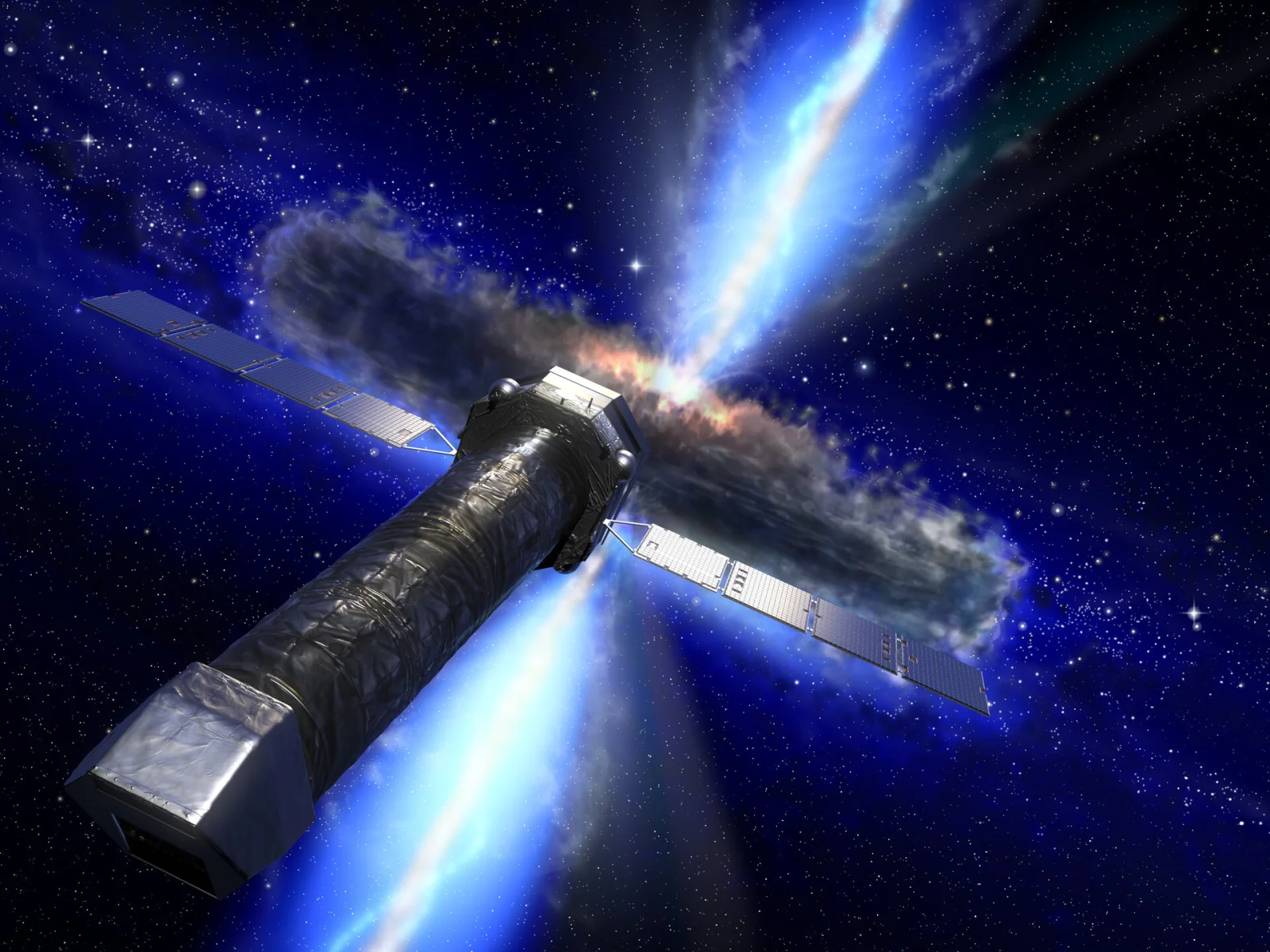ATHENA

X-ray mission to investigate the hot and energetic Universe (ESA)

ATHENA (Advanced Telescope for High-Energy Astrophysics) is an X-ray mission to address the scientific subject of the hot and energetic Universe, scheduled for launch in 2034. It is one of ESA's large missions, part of its Flagship Programme, i.e. large missions to advance technical and scientific knowledge in preparation for a manned mission. ATHENA's excellent X-ray spectroscopic capabilities are expected to have a profound impact on essentially all fields of astrophysics, from understanding the structure and energy of stellar winds to investigating the physics of the enrichment and heating of the interstellar medium of our galaxy by supernova explosions.
The mission aims to answer key questions in astrophysics such as how ordinary matter resembles the large-scale structures we see today or how black holes grow and shape in the Universe. To answer the first question, it will be necessary to map the hot gas structures in the Universe, in particular the gas in clusters and groups of galaxies, as well as the intergalactic medium, in order to determine their physical properties and track their evolution over cosmic time. To answer the second question, supermassive black holes in the early Universe will need to be revealed, understanding both the inflows and outflows of matter and energy as black holes grow. In addition, ATHENA will also provide constraints on the equations of state of neutron stars.
THE IEEC CONTRIBUTION
The IEEC hosts one of the members of the ATHENA Science Study Team, the mission’s scientific steering committee appointed by ESA. About 10 scientists from the Institute are listed as contributors to the ATHENA Topical Panels.
